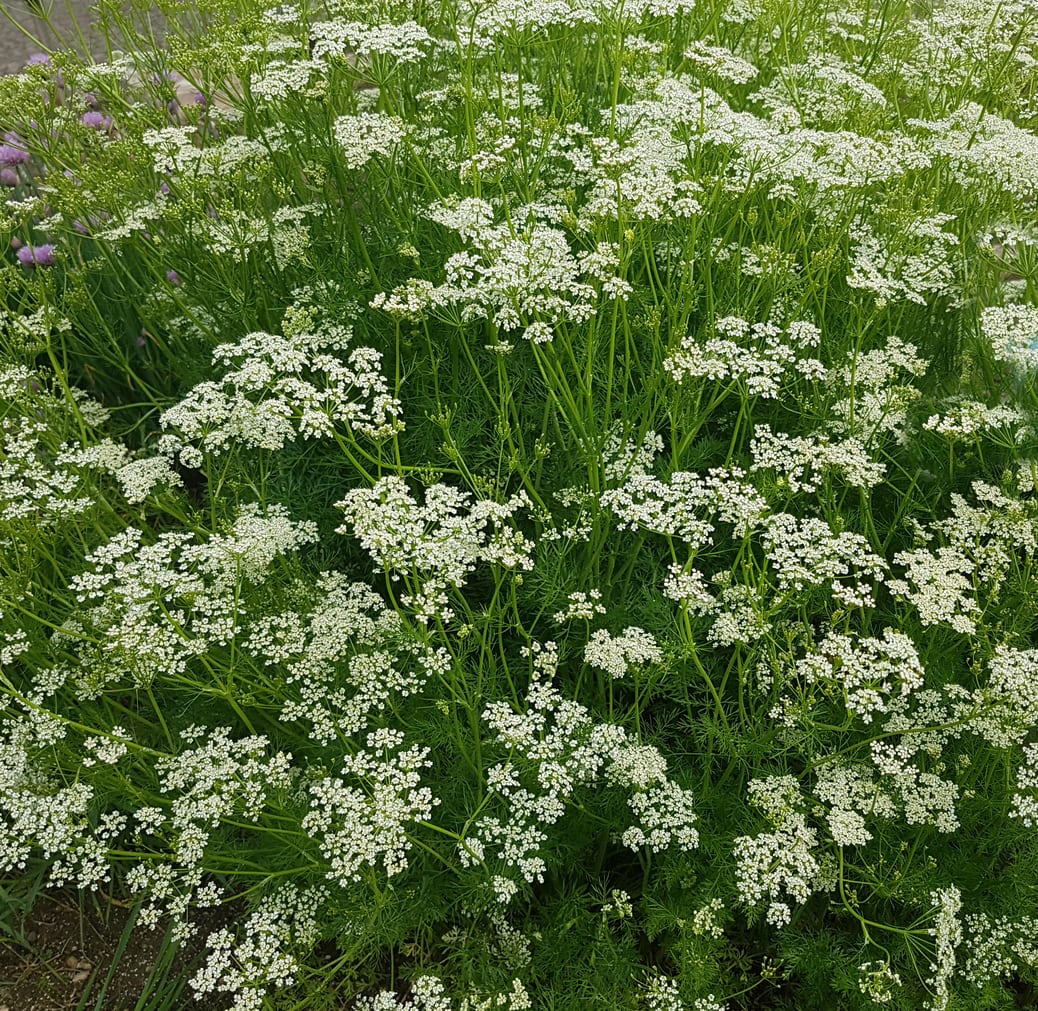Biennial Or Annual Caraway: How Long Does Caraway Live


Caraway (Carum carvi) is an attractive herb with feathery leaves, umbels of tiny, white flowers and a warm, sweet aroma. This hardy member of the carrot family, suitable for USDA plant hardiness zones 3 through 7, is easy to grow as long as you can provide a sunny location and well-drained soil. If you’re thinking about growing caraway, you may be wondering, is caraway biennial or annual? Technically, caraway is considered a biennial, but in some climates, it can be grown as an annual. What’s the difference between annual and biennial caraway, and how long does caraway live? Read on to learn more.
Biennial Caraway Plants
Caraway is primarily a biennial. The first year, the plant develops a rosette of leaves and may grow tall enough to resemble a small, feathery, bush-like plant. Caraway generally doesn’t produce flowers the first year (unless you grow it as an annual. See more about growing annual caraway plants below). The second year, caraway plants usually develop stalks measuring 2 to 3 feet (61-91.5 cm.) in height, topped by pink or white, seed-producing flowers. After the plant sets seeds, its job is finished and it dies.
How Long Does Caraway Live?
This is where things get tricky. Caraway plants usually produces blooms in late spring or summer of the second year, then set seeds. However, plants with small roots at the beginning of the second season may not set seeds until the third year – or sometimes even the fourth year.
About Annual Caraway Plants
If you live in a temperate climate with a long growing season and plenty of sunlight, you can grow annual caraway plants. In this case, seeds are planted in winter. Caraway self-seeds easily, so you may have a continual supply of caraway plants.
Sign up for the Gardening Know How newsletter today and receive a free copy of our e-book "How to Grow Delicious Tomatoes".

A Credentialed Garden Writer, Mary H. Dyer was with Gardening Know How in the very beginning, publishing articles as early as 2007.